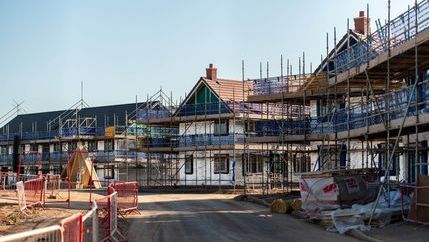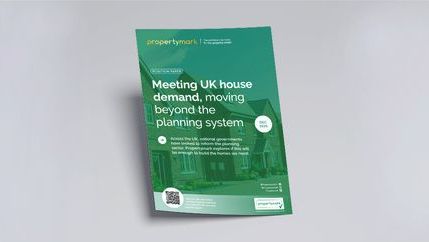
The UK Government has gained powers to introduce this new route to planning permission through the Levelling Up and Regeneration Act 2023. SVDOs will work alongside existing routes, including household planning applications, and permitted development rights. The Department for Levelling Up, Housing and Communities (DLUHC) is now consulting on how this will work in practice, and hope to introduce regulations by the end of 2024.
A tool for small-scale building
Described as an innovative new tool, SVDOs are intended to give residents a more proactive voice in planning decisions, reduce resistance to new development and encourage the building of additional or more spacious homes in places with existing infrastructure.
DLUHC states that residents will share in the economic benefits of permitting appropriate kinds of new development because once an SVDO has been made homeowners can develop their properties with greater confidence, and the certainty over planning permissions may increase property values.
SVDOs will only be able to grant planning permission for residential development, which would not include residential institutions like care homes or student accommodation and would not be able to permit changes of use. There will also be restrictions in protected areas such as national parks or sites of special scientific interest, and on the development of listed buildings.
Limited resources should be used for priorities
In the main, opposition to development is focussed on larger developments where there is a perceived impact on traffic, green space, schools, medical and other local infrastructure, or facilities, not the type of small development that SVDOs will produce.
We have concerns about the ability of local authorities to promote the concept, so it is sufficiently known and understood by residents, and then to adequately support qualifying groups of residents through what is still a complex process.
For groups of residents with no previous experience of the planning system, substantial support would be required to ensure they were able to navigate the requirements for consulting and engaging with other residents, and additional protections such as notice periods.
It is particularly unclear how groups will consider the impact development will have on highways and transport or the protection of habitats and the environment. If this support is to come from the local authority planning team it risks diverting officers from larger residential planning and infrastructure applications.
At a time when local authorities are facing considerable resource and financial challenges, as well as being under pressure to recruit and retain skilled planning officers, we question if this is the best method of improving public engagement with planning and development decisions.






